Text by Reina Takeuchi
I remember a conversation I had with my friend who’s a dance practitioner about our experiences of visual art. He had said when he enters an art gallery, he’s constantly expecting something to happen. He’s waiting for a performance to take place. The performance that he knows will never arrive.
How could a contemporary art viewing experience be more than just an appetizer, an amuse bouche to the senses? How could it be turned into an embodied engagement that would stay with viewers over days, months, perhaps their entire lives?
While studying Visual Arts at university, I steered myself towards examining the body through mediums such as dance film, sculptures and performance installations. There was something that always intrigued me about what dance practitioners bring to the table when they work with the body on a daily basis.
As an Assistant Curator with 4A Centre for Contemporary Asian Art, I’m grappling with how to include and encourage dancing bodies in contemporary art spaces. All bodies (dancing bodies, performing bodies, bodies at train stations, travelling bodies, bodies eating lunch…), are vessels of knowledge, brimming with somatic understandings that are only realized through constant investigation. One could say the same for objects - artworks, textiles, cups, chairs - all are imbued with meaning and are relics of small universes.
By working, chatting and sharing tea with dance practitioners and choreographers around Australia and internationally, I’ve begun to amass a toolkit that encompasses different ways of engaging the body and how it can enrich contemporary art viewing experiences. This part-article, part-poem, part-provocation articulates my thoughts about moving through the threshold between passive and enlivened spectatorship. I want to frame this as an emergent practice informed by visual arts. By including gestural markings and poetic provocations, this body of writing emerges from the margins, re-invented each time it is articulated, shared and mulled over by the reader. These provocations are events that are volatile, leaping out from the page and leaking into silence.

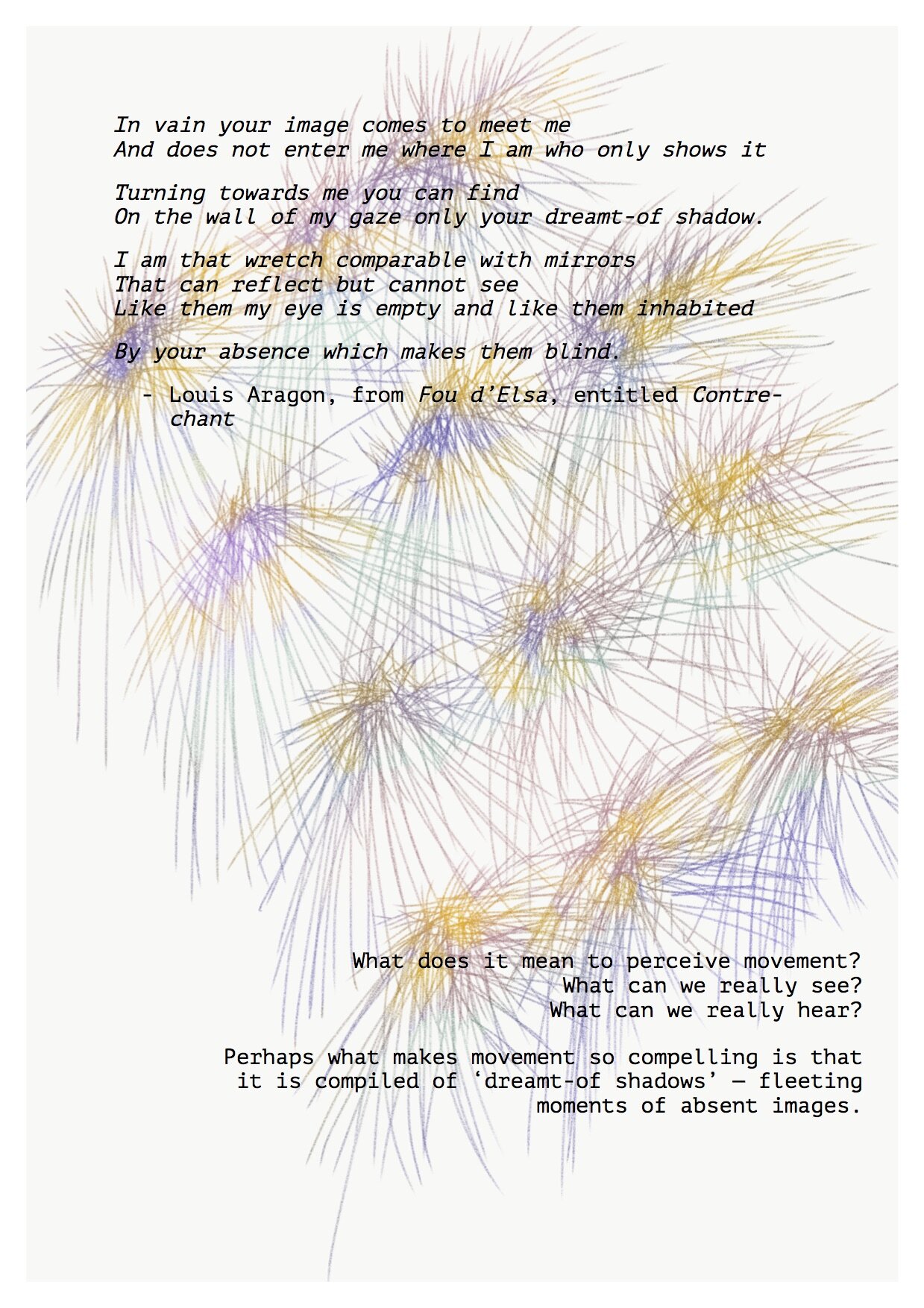



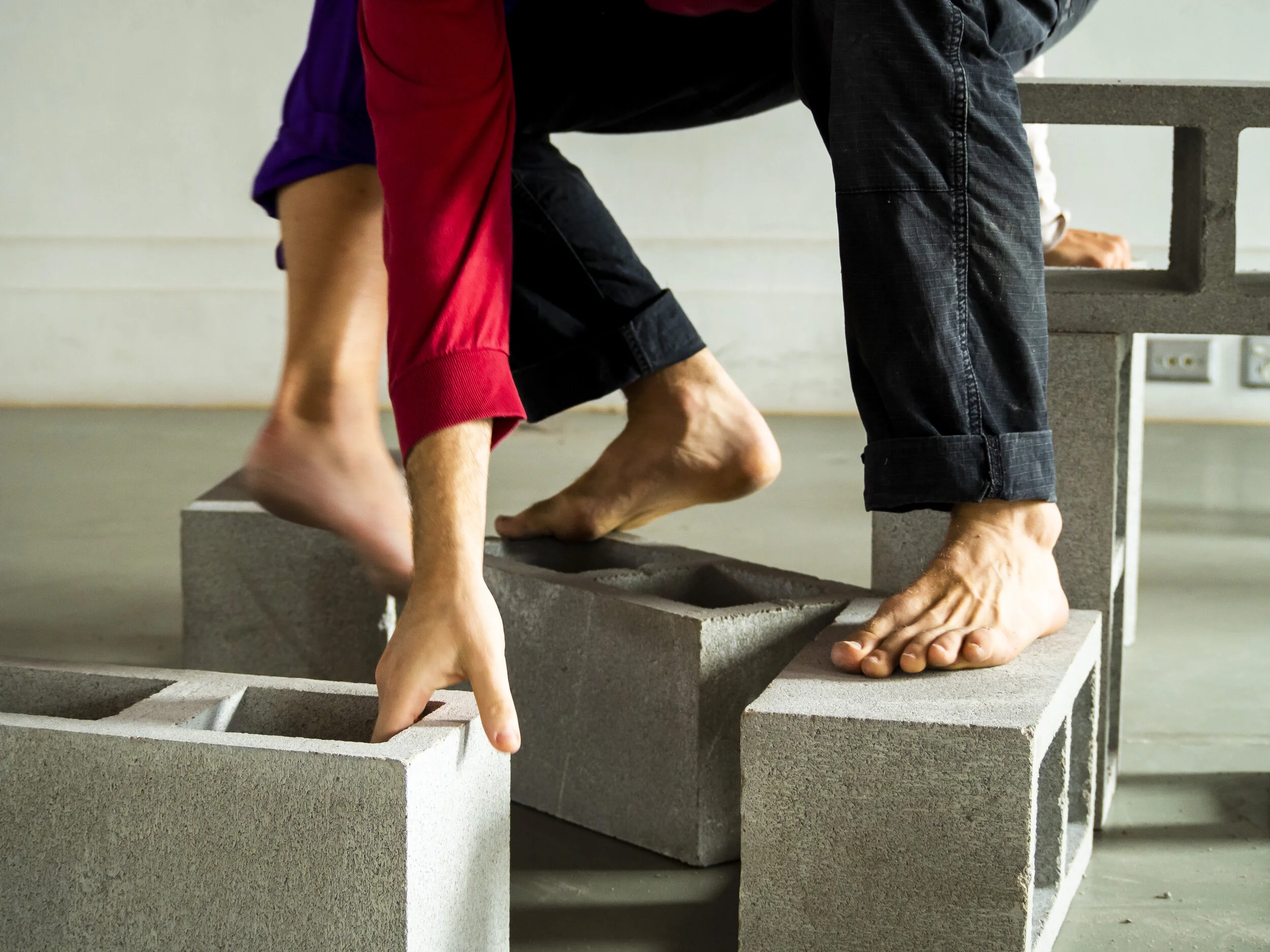


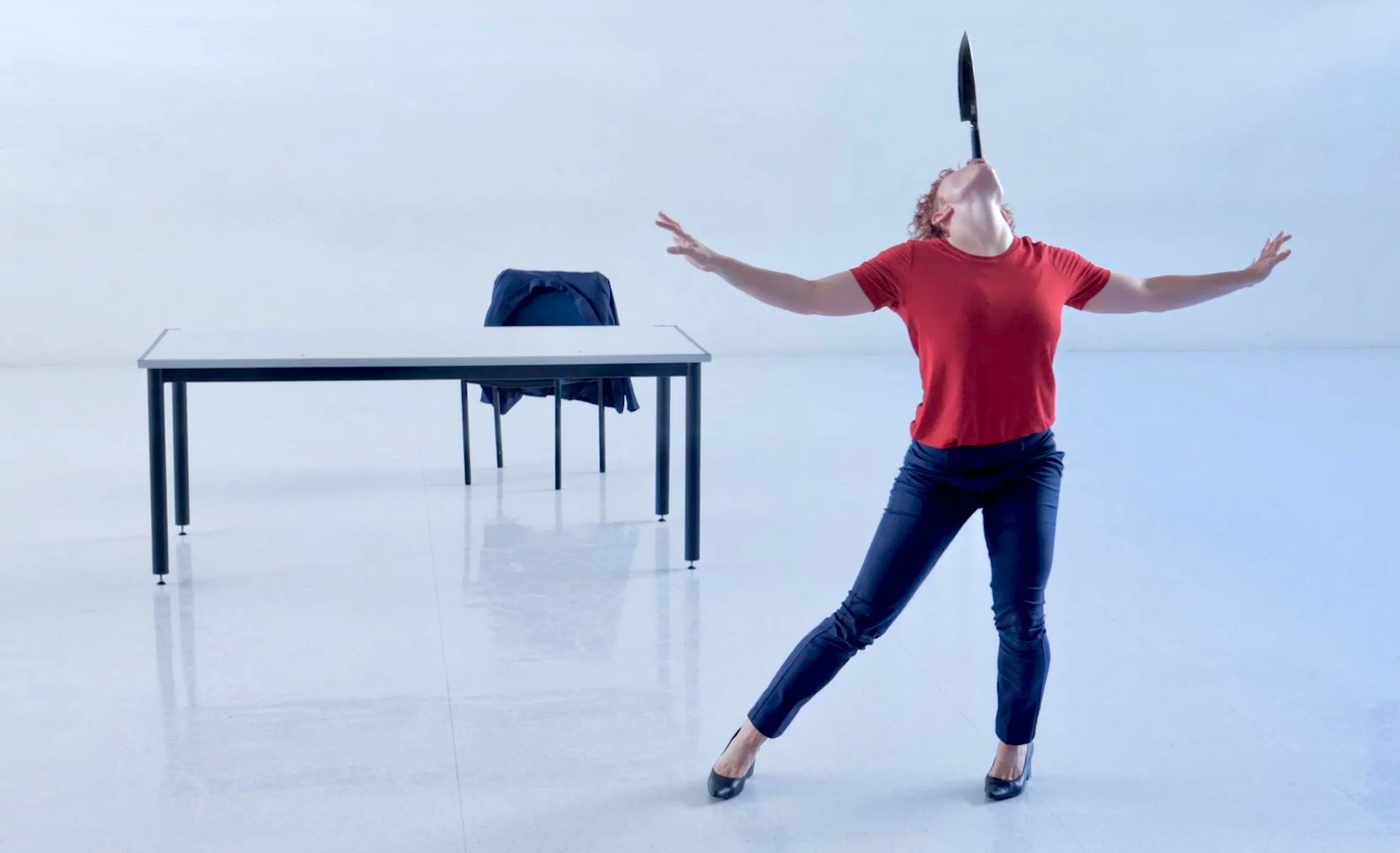






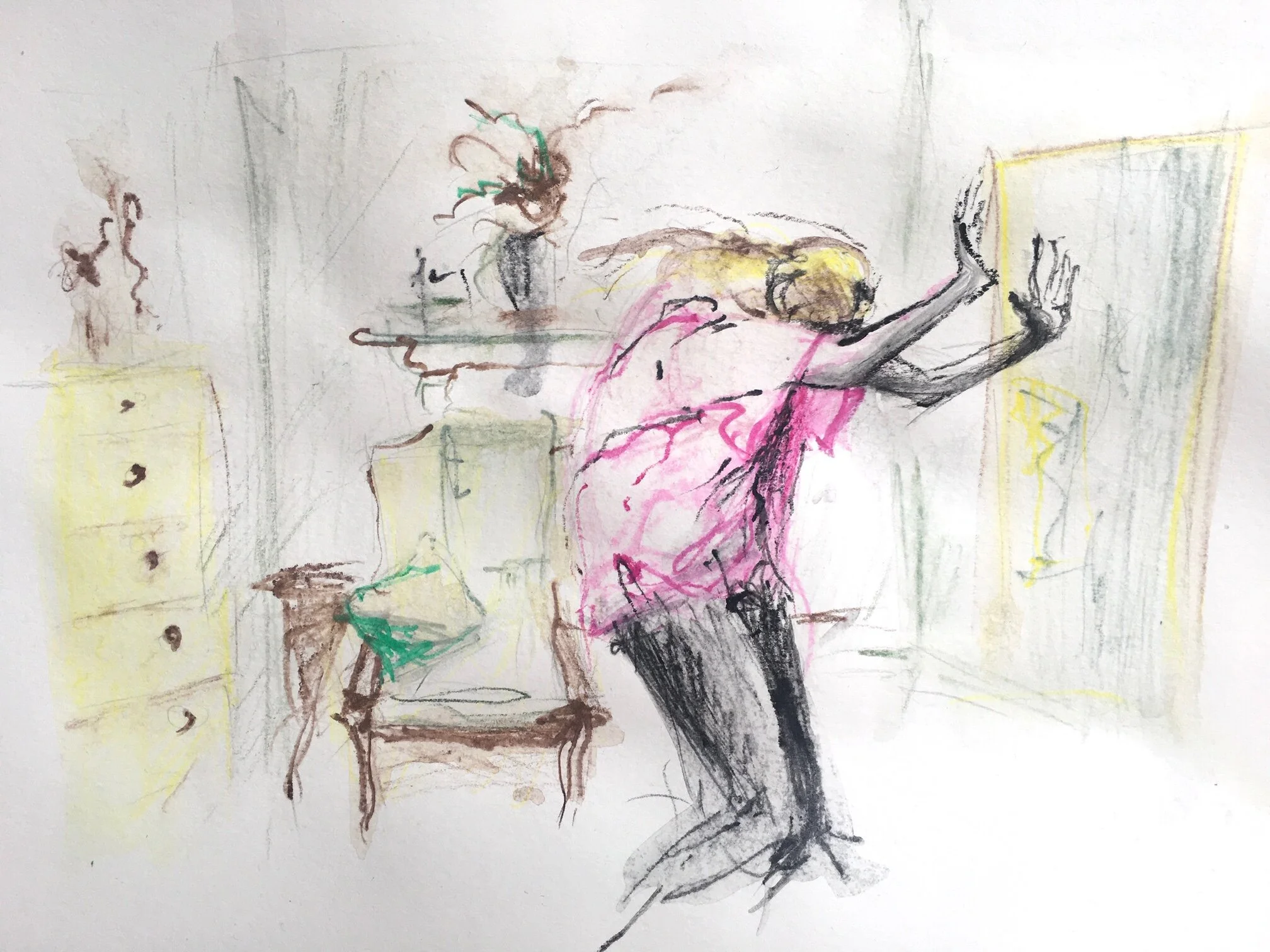
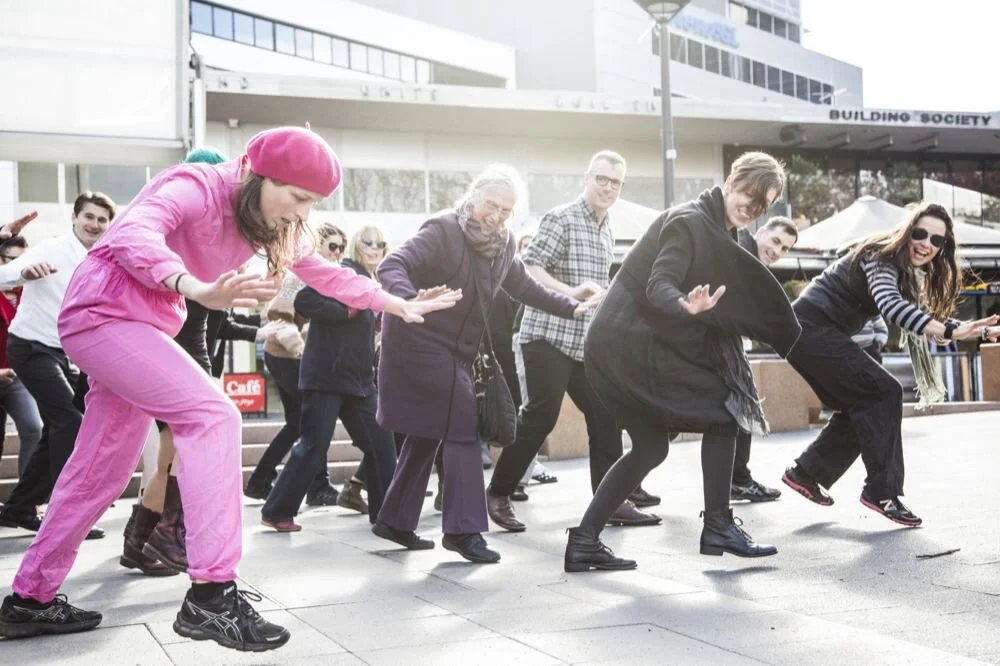







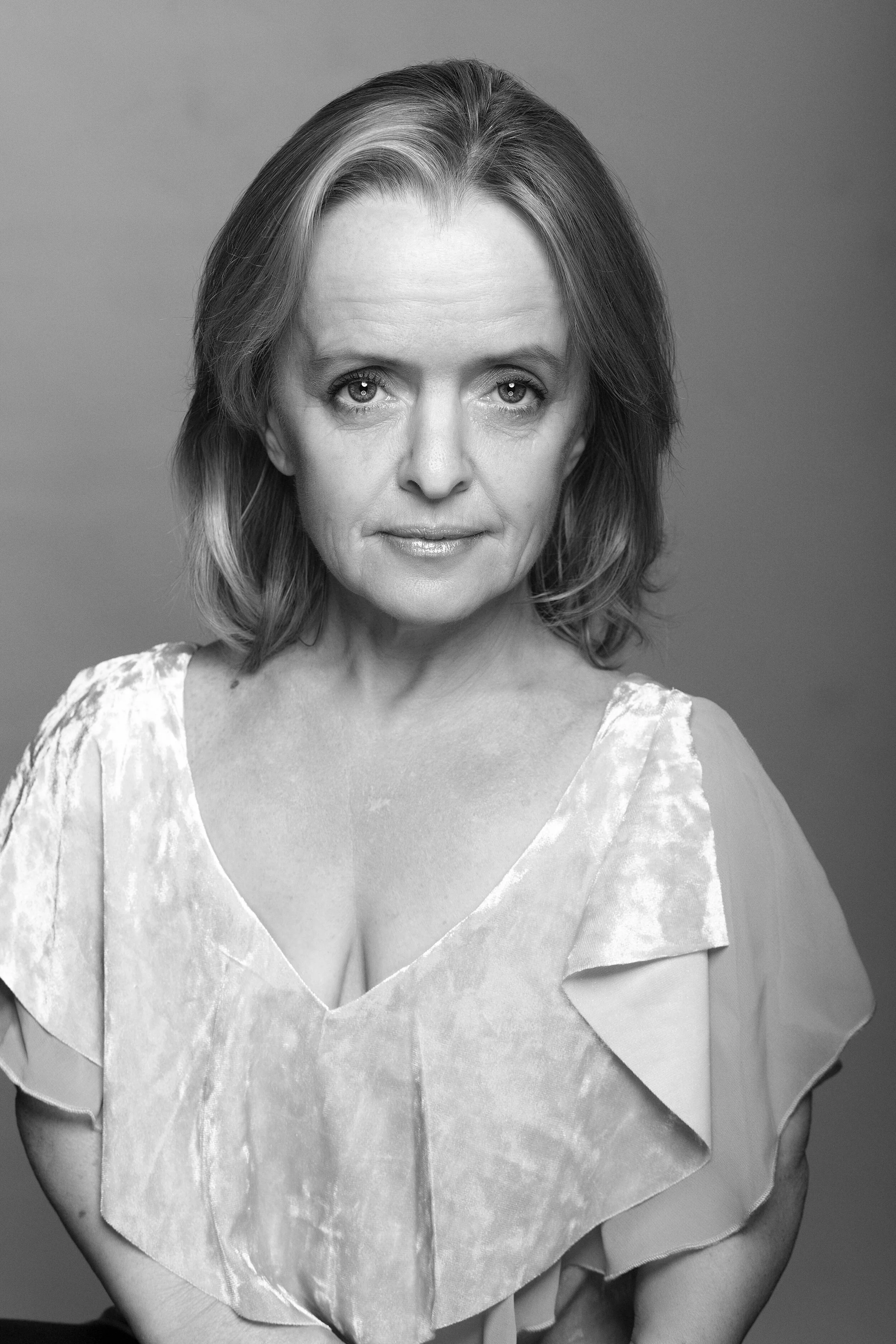


Dance was born outside, perhaps dance can return to outside? We practise in a community, by this I mean, in class, rehearsal, performance and in communion with other bodies where we seek to connect, to dispel loneliness, to find purpose, find tribe and belong.